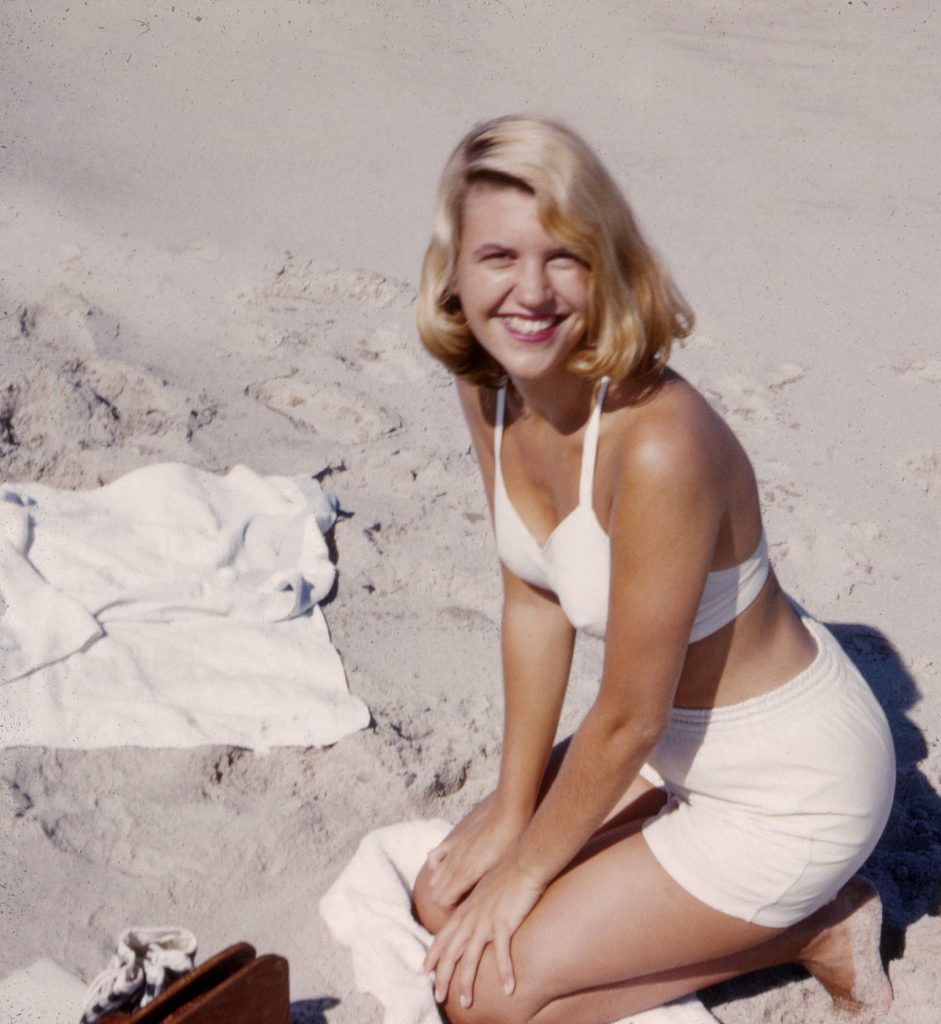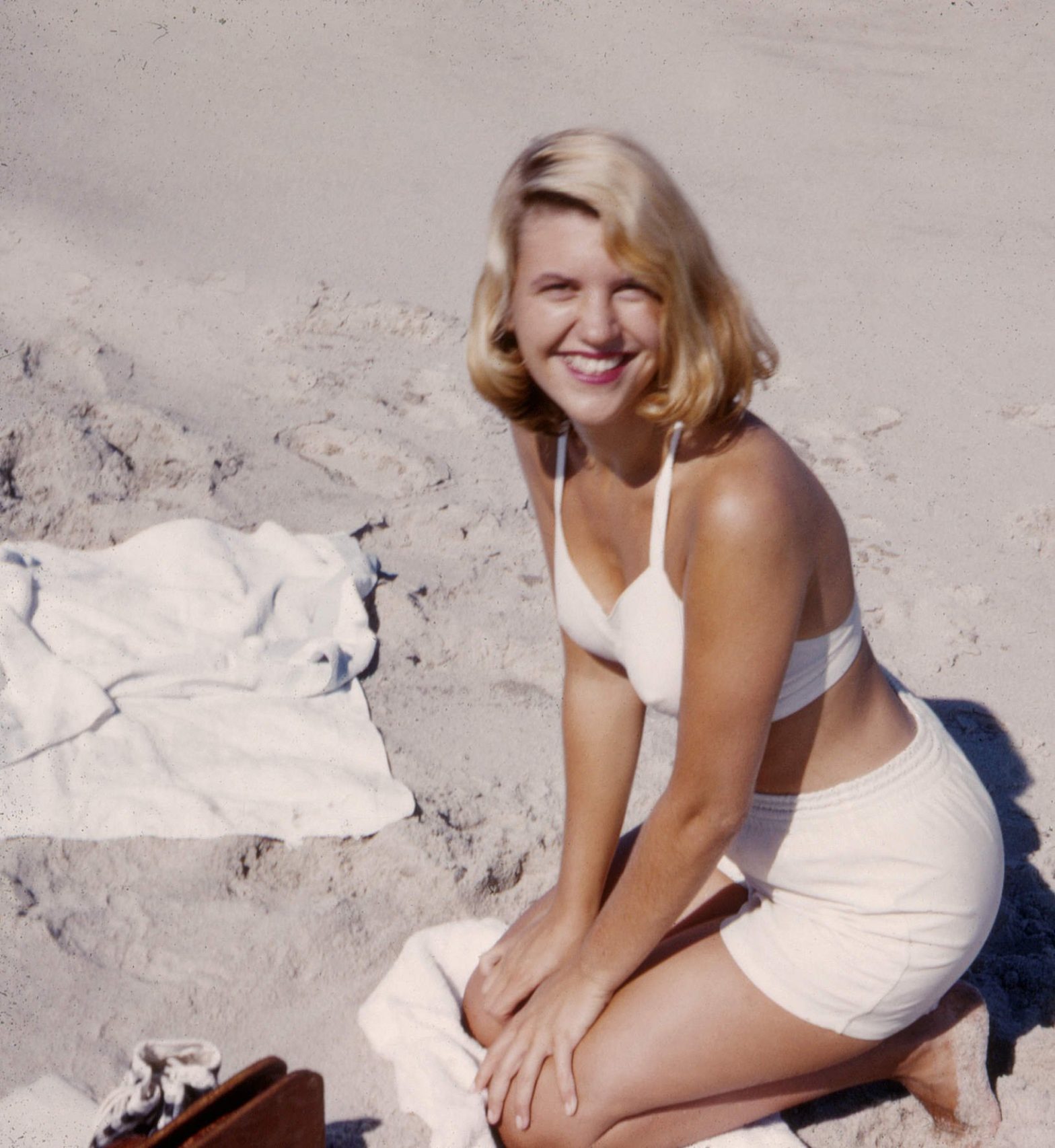In 1963, Sylvia Plath’s The Bell Jar was released under the pseudonym Victoria Lucas. The novel was a hit from the beginning, but was only read by the masses after Plath’s suicide shortly after the novel’s release. The Bell Jar is autobiographical, and when you read the book, you almost have a feeling that you can understand Plath’s personal struggles through her character, Esther Greenwood. Esther was depressed, and appeared often almost aimlessly to go through her young life. Much like Plath, she grew up in Massachusetts and was interested in literature and publishing. And like Plath, young Esther dealt with family issues and what it meant to be a young woman in the 50s and 60s. Many critics even see Plath’s suicide as one of the events that rocketed The Bell Jar into the literary infamy it appreciates today.
Even now, The Bell Jar is seen as an American literary classic. The BBC in 2019 even went as far as to call it one of the 101 novels that shaped our world. The novel is one of the first to give insight into topics that were often left undiscussed. Esther suffers from depression; she is “committed” to a mental health hospital; she undergoes electro-shock therapy. The novel also explores the feelings that many people have when they suffer from mental illness. Esther goes through life with an understanding that she does not experience the world like the women around her.
The novel also dives into the reality of expectations that many women in the late fifties and early sixties experienced. Much like other novels that we explore in this course, the novel dives into the emptiness of social conventions, of bourgeois morality. Society dictates that Esther should feel a certain way about her job prospects at the magazine, about her internship in New York with all of its perks. But Esther feels a void; none of these things make her happy, and she feels alienated by her peers. She does things that people expect from her (like date Buddy), even though they don’t make her feel happy or even content.

Donna Hilbrandt argues that the novel handles something she calls the “sexual double standard.” Hilbrandt noted that Esther herself had to adhere to strict sexual social norms. She was not allowed to have premarital sex, but she soon finds out that the men in her life do not adhere to these strict moral norms.
Workshopping the novel
As in all of my literature workshops, the class will consist of two parts: part I: knowledge of the text, and part II: knowledge of theme, symbol, and genre. The Bell Jar is taught alongside the New Zetlandic film Whale Rider for our introduction to feminist literature and film. Part II will focus a lot on aspects of feminist literature.
Part I: Knowledge of the text
Activity 1: Esther Greenwood in the 2020s (20 minutes)
As a college of education, we try to also “practice what we preach,” meaning some activities may appear to infantilize the material we are handling. Still, these activities are fun (even for students in the twenties) and they help young teachers see how they can approach literature in their own classrooms.
For this activity, the students will be placed into pairs and they will be given 10 minutes to create a tweet (or tweets) about a part of the book. The Bell Jar has 20 chapters, so each group should be given two chapters (10 pairs/groups in total).
I do not normally advocate for using chapter summaries in class, but it may be helpful for students who read the book far in advanced. A good one can be found here.
After the students have created their tweet(s), they will share them with the larger group.
Another way to do this activity is to have the students translate a chapter or part of the book into an emoji story.
Activity 2: Lecture about the biographical aspects of the novel (10 minutes)
The lecture (see below) is a short introduction to the novel (and its importance to the feminist and American cannon) and a link will be made between Sylvia Plath’s life and that of Esther Greenwood. We will then discuss the biographical similarities and differences.
This section of the workshop will depend on the following definition of autobiographical fiction:
Autobiographical fiction (literary genre): “Autobiographical fiction is any work of fiction that is based on the real life events of the author. Autobiographical fiction is based on fact—but, importantly, not bound by fact” (Source: Sean Glatch).
Activity 3: Class Discussion (20 minutes)
The next 20 minutes will be reserved for class discussion about the book. The following questions will be used:
- What similarities and differences are there between Sylvia Plath and Esther Greenwood? How biographical is this work?
- The title of the book is The Bell Jar, what does the bell jar symbolize (or mean) to the book’s main character?
- What are Esther’s feelings for Buddy? Why does she feel conflicted by him?
- Two of Esther’s friends in the novel are Dorine and Joan. What are Esther’s feelings towards these characters?
- One of the most important symbols in the book is the fig tree (chapter 7). Esther says “I saw myself sitting at the crotch of this tree, starving to death, just because I couldn’t make up my mind which of the figs I would choose. I wanted each and every one of them, but choosing one meant losing all the rest, and, as I sat there, unable to decide, the figs began to wrinkle and go black, and, one by one, they plopped to the ground” (Plath ch. 7). The symbol means women are often only given one choice. Is this still the case for women today? What has changed?
- In the end, Esther seems to get better, why do you think she recovered: the treatment, or her own will? What does this say about Plath’s view on psychiatric medicine?
Part II: Knowledge of theme, style, and genre
Activity 4: Feminist Literature (30 minutes)
For this activity students must have a general understanding of what feminist literary criticism is.
Step 1: Explanation (5 minutes)
I will start by explaining feminist literary criticism to the student. They will be introduced to the topic below:
Feminist Literary Criticism: Feminist criticism is concerned with “the ways in which literature (and other cultural productions) reinforce or undermine the economic, political, social, and psychological oppression of women” (Tyson 83). This school of theory looks at how aspects of our culture are inherently patriarchal (male dominated) and aims to expose misogyny in writing about women, which can take explicit and implicit forms. This misogyny, Tyson reminds us, can extend into diverse areas of our culture: “Perhaps the most chilling example…is found in the world of modern medicine, where drugs prescribed for both sexes often have been tested on male subjects only” (85).
Step 2: Group discussion (10 minutes)
The students will be split up into three (or six) groups. Each group will receive three questions that they will have to answer in 10 minutes to answer. They must then prepare a 2 to 3-minute explanation of their questions – these will be shared with the group.
For this activity we will rely heavily on the list of typical questions that Purdue University’s online writing lab has formulated. We will use the questions in bold.
| Typical questions:How is the relationship between men and women portrayed?What are the power relationships between men and women (or characters assuming male/female roles)?How are male and female roles defined?What constitutes masculinity and femininity?How do characters embody these traits?Do characters take on traits from opposite genders? How so? How does this change others’ reactions to them?What does the work reveal about the operations (economically, politically, socially, or psychologically) of patriarchy?What does the work imply about the possibilities of sisterhood as a mode of resisting patriarchy?What does the work say about women’s creativity?What does the history of the work’s reception by the public and by the critics tell us about the operation of patriarchy?What role does the work play in terms of women’s literary history and literary tradition? (Tyson) |
Questions group 1
- How is the relationship between men and women portrayed?
- What are the power relationships between men and women (or characters assuming male/female roles)?
- How are male and female roles defined?
Questions group 2
- What constitutes masculinity and femininity?
- How do characters embody these traits?
- Do characters take on traits from opposite genders? How so? How does this change others’ reactions to them?
Questions group 3
- While biology determines our sex (male or female), culture determines our gender (scales of masculine and feminine). How is this the case in the novel?
- Feminism is also intersectional. What role do people of color play in the novel? What does this say about the feminism in the book?
Step 3: Group discussion (15 minutes)
Each of the student groups will not discuss their questions and the discussion will be opened up to the entire group. Because of the nature of the discussion, it is easier for the teacher to ask their students to give their opinion. The last question of group three (re: white feminism) is a segue for the next activity.
Reference: Lois Tyson – Critical Theory Today: A User-Friendly Guide, 2nd ed., 2006.
Activity 5: A critique of white feminism (20 minutes)
For this activity, the students will read a poignant rebuke of the novel written by Crystal Contreras of the Willamette Weekly. Contreras believes that “[The Bell Jar is] just another embodiment of white feminism, which is label for a certain type of feminism that focuses on the safety and comfort of white, middle and upper middle class [sic] women at the expense of women of color and other marginalized people.” She argues that it’s maybe “time to rethink The Bell Jar’s feminist credentials, or at the very least reclassify it as a problematic favorite, especially since stereotypes are rooted in racial bias and don’t exist outside of a historical context.”
For this activity, the students will be broken into groups and given five minutes to read Contreras’s article. Afterwards they will discuss whether or not they agree with her, and whether or not they believe the book is worth reading? Can a book be a product of white feminism and still worthwhile? They will have 10 minutes for their group discussions (so 15 minutes in total). Then, they will share their groups findings with the larger group.
